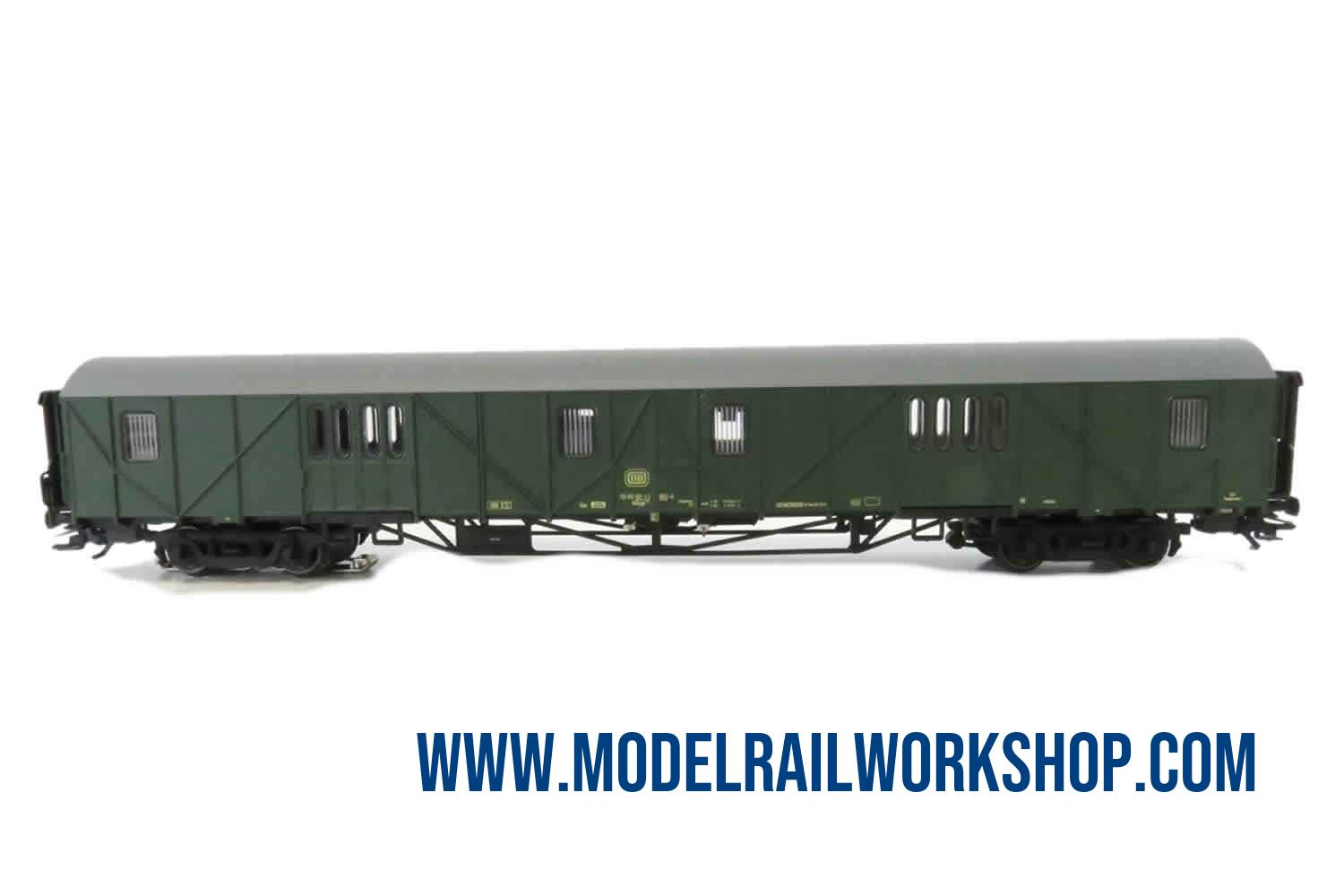
| KEY DATA | |
|---|---|
| Product Name | 43992 Baggage car |
| Object type | Car-Baggage |
| Product Line | Märklin MHI |
| Era | 1970-1990 (IV) |
| Manufactured years | 2016-2017 |
| Text on object | DB |
| Number on object | 50 80 92-11 851-4 |
| Classification | MDyge 986 |
| Type of housing | Synthetic |
| Length | 26.0 cm |
| Technology | MFX |
| Railway company | DE-DB |
| Märklin RRP (Year) | 150€ (2018) |
| Koll valuation (Year) | 120€ (2022) |
| Url to Märklin | Klick to GoTo www.maerklin.de |
| Description | |
|---|---|